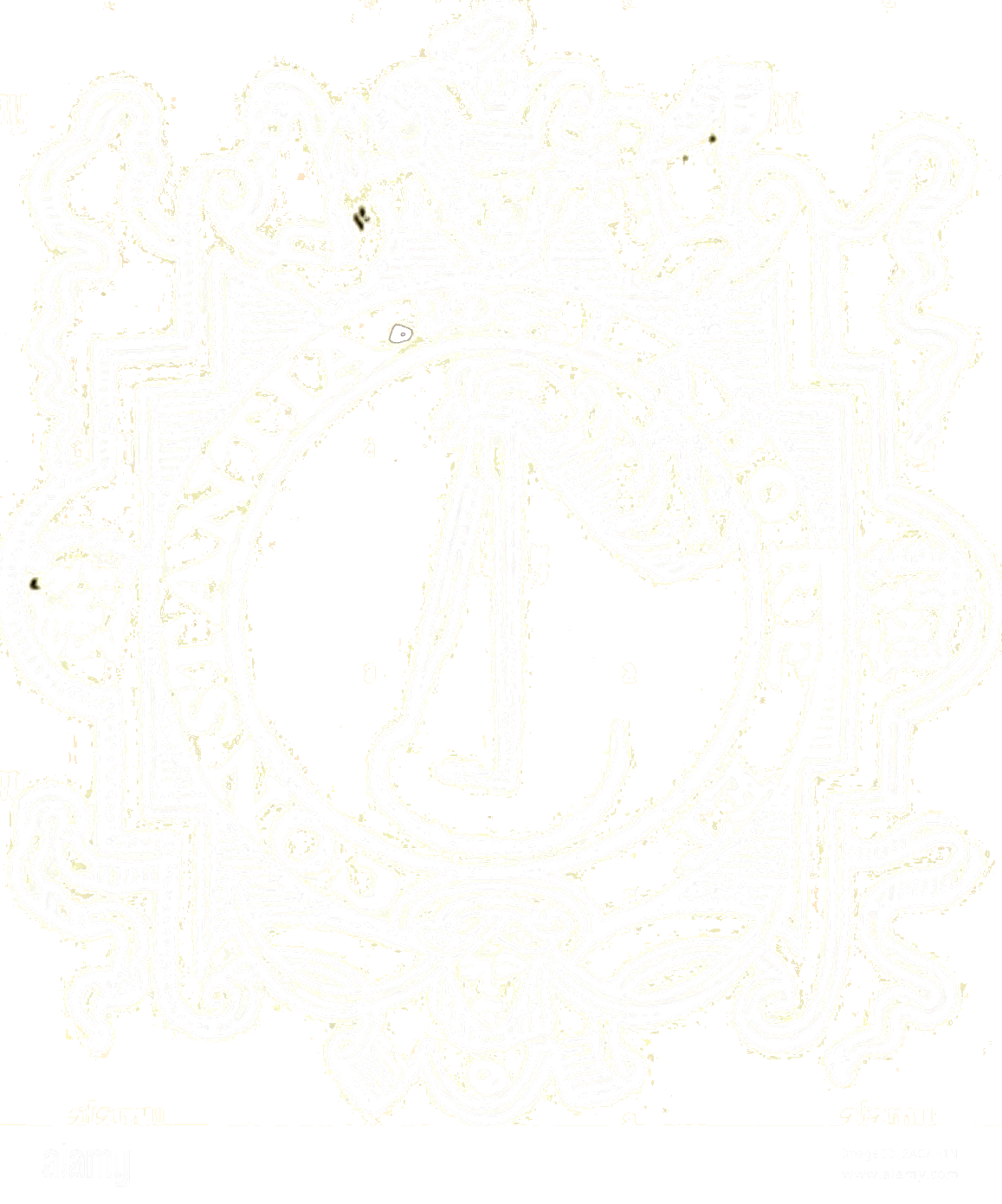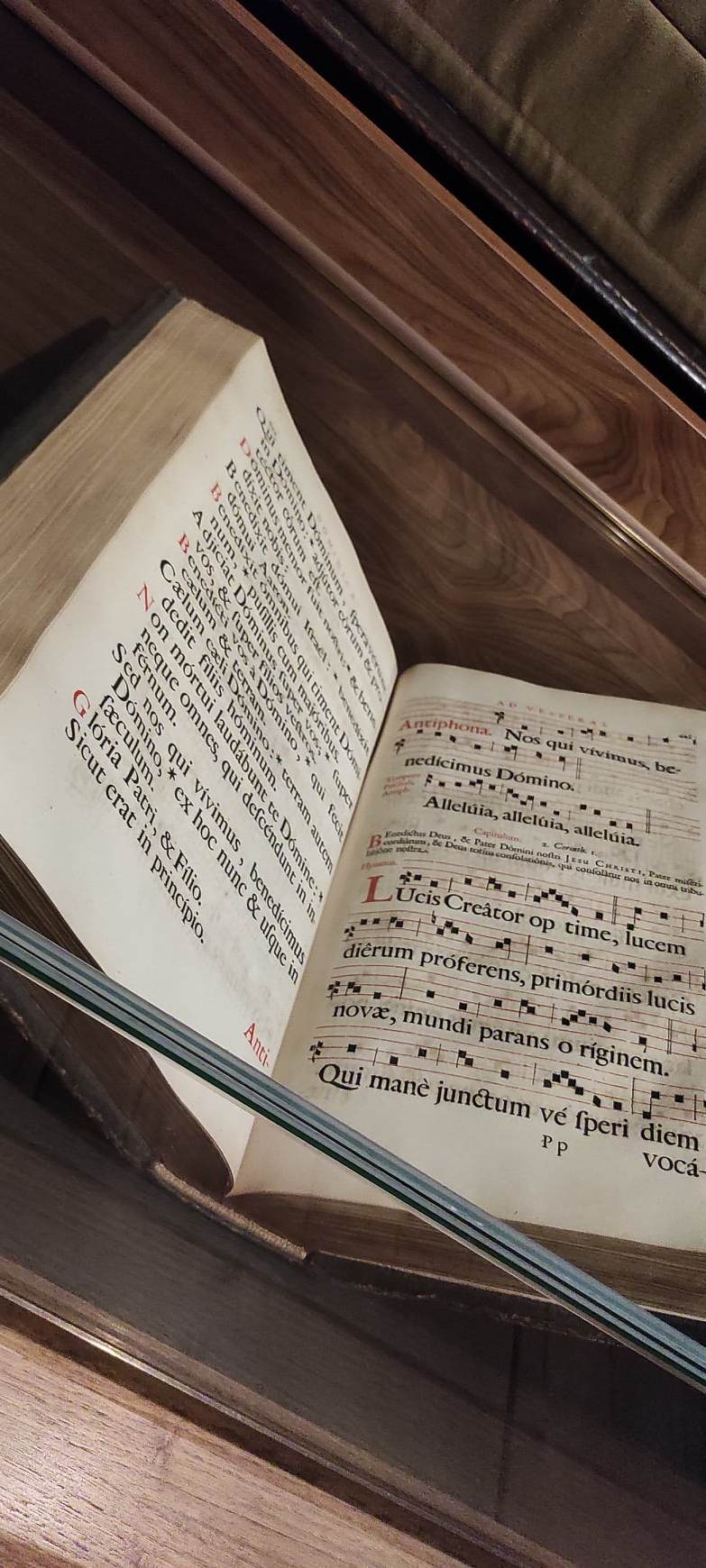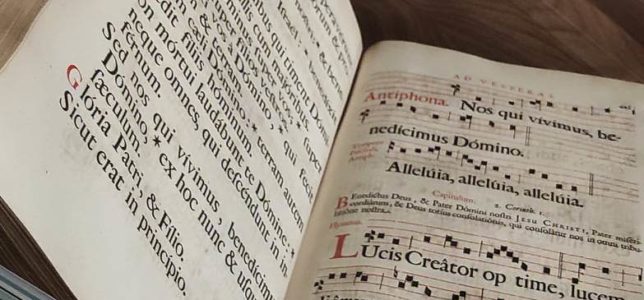Designed within the framework of the Master Rare Book and Digital Humanities, this website shall introduce you to the work of one of the most famous printers of the 16th century : Christophe Plantin. As part of my end-of-study project, I chose to focus on the edition of the Tridentine missal, a huge project the master was entrusted with.
Born around 1520 in a small city around Tours, Christophe Plantin started his career as a bookbinder but finally turned to the printing. Expatriated with his family in Antwerp about 1549, he quickly made his name thanks to his hardwork and undeniable talent, gaining an increasingly prestigious clientele.
On July 28, 1570, Christophe Plantin obtained the privilege of printing the Missal instituted by Pius V on the occasion of the Council of Trent. Later on, he also acquired to produce special editions for King Philip II of Spain. At this moment, the printer was at the peak of his career and the Officina Plantiniana was his empire.
But how did Plantin obtain the privilege of such an important production? What were the purposes surrounding the edition of this new missal? I intended to make this website a showcase for the studies I have conducted. The objectives were to have a platform for the development of tools to further the analysis of the process thanks to the historical elements at our disposal, but also to allow direct access to the different materials that were kept in the current Plantin-Moretus Museum in Antwerp.
Thus, you shall be able to walk around this website through the dropdown menu and to discover about the fascinating character Christophe Plantin was, as well as samples of primary, secondary and terciary sources. From the archives, or the printed books, coming through the correspondance to an interactive timeline, you shall find elements all over to understand more about this amazing period and the process of one of the most important printing undertaking, with all of its stakes. The different digital tools are present not only to serve the exposition of the sources, but also to enhance them within a methodological approach to ease the work of extraction and analysis of the data. This website does not intend to be finished as it was meant to be both a digital object and a showcase from my master’s degree thesis.
I would like to take this opportunity to warmly thank my internship tutor, Mr. Dirk Imhof, curator of rare books at the Plantin-Moretus Museum, as well as the entire team for their welcome and help.
Enjoy your visit!


